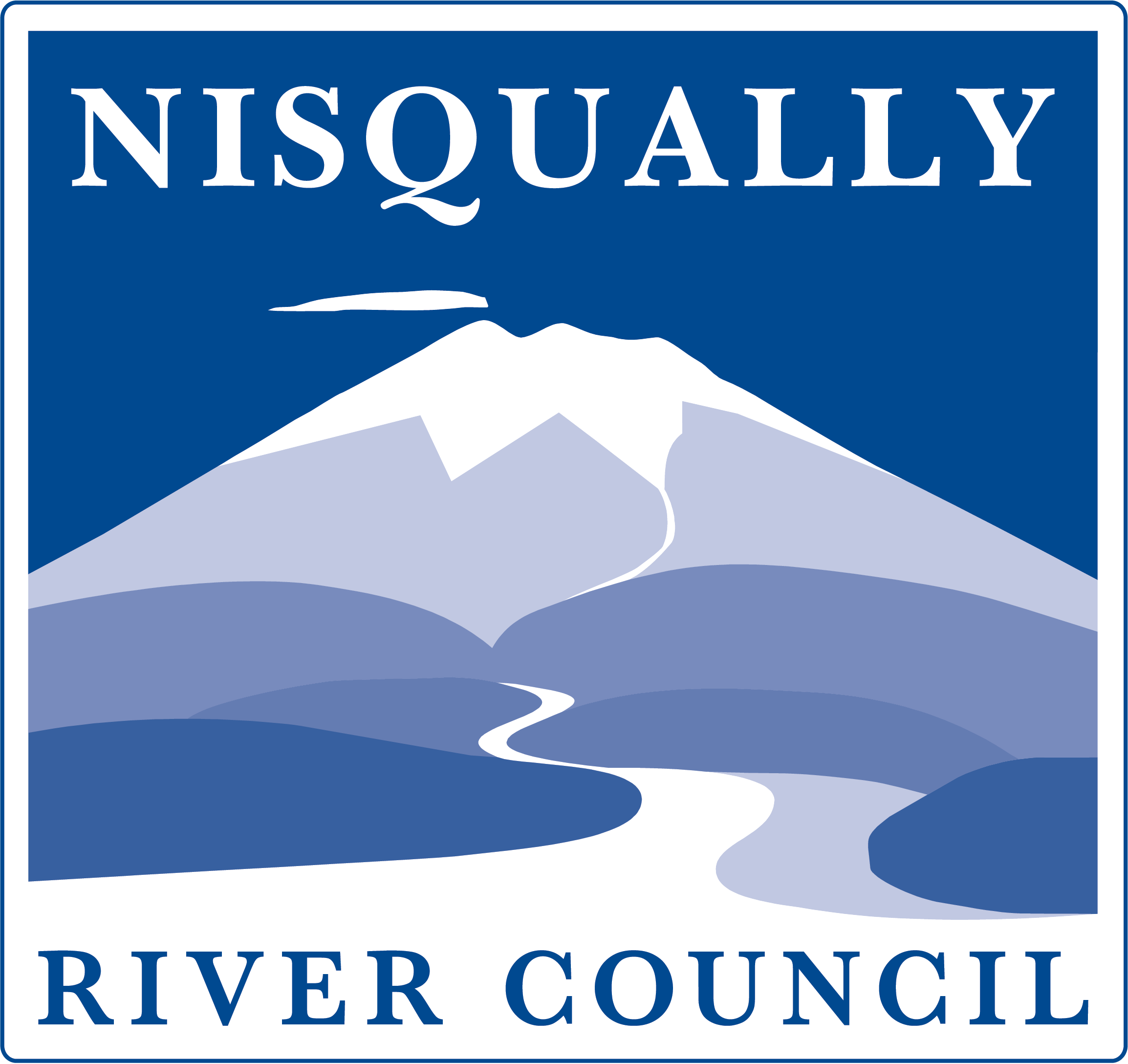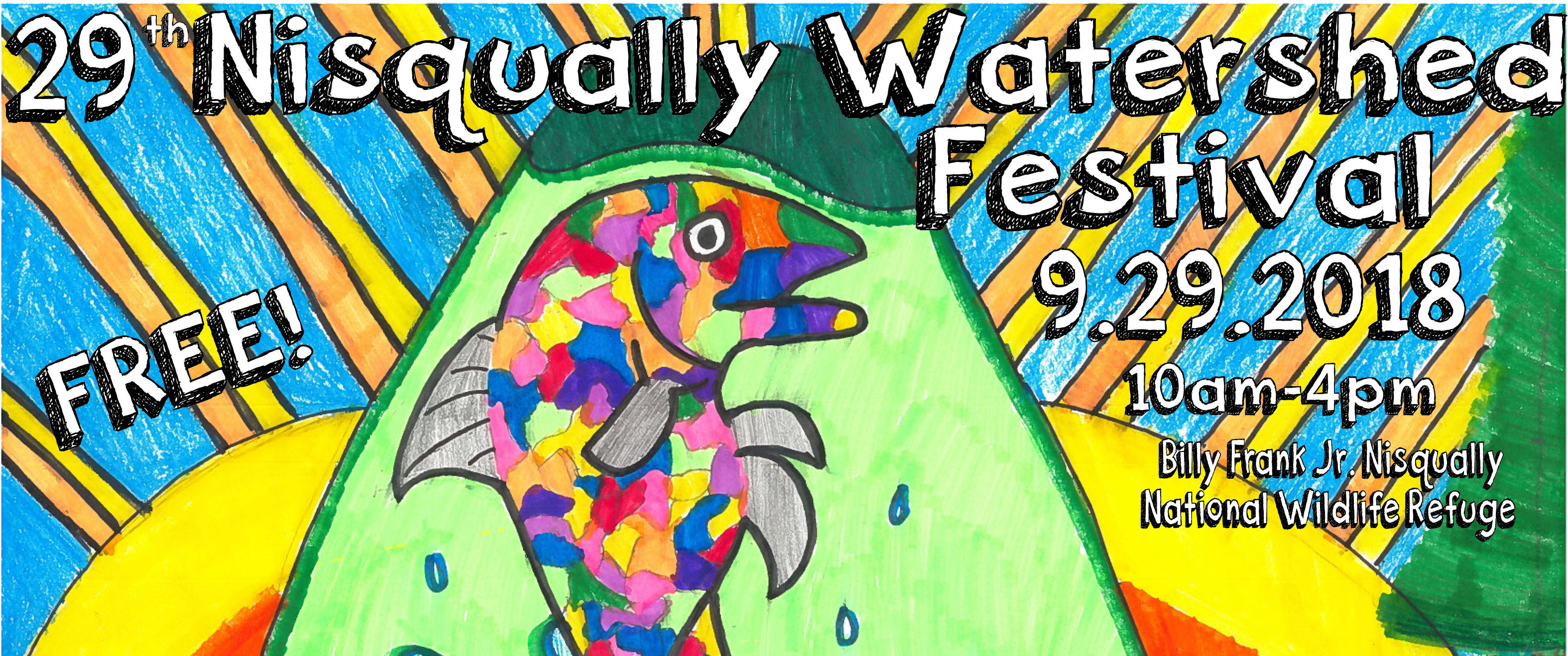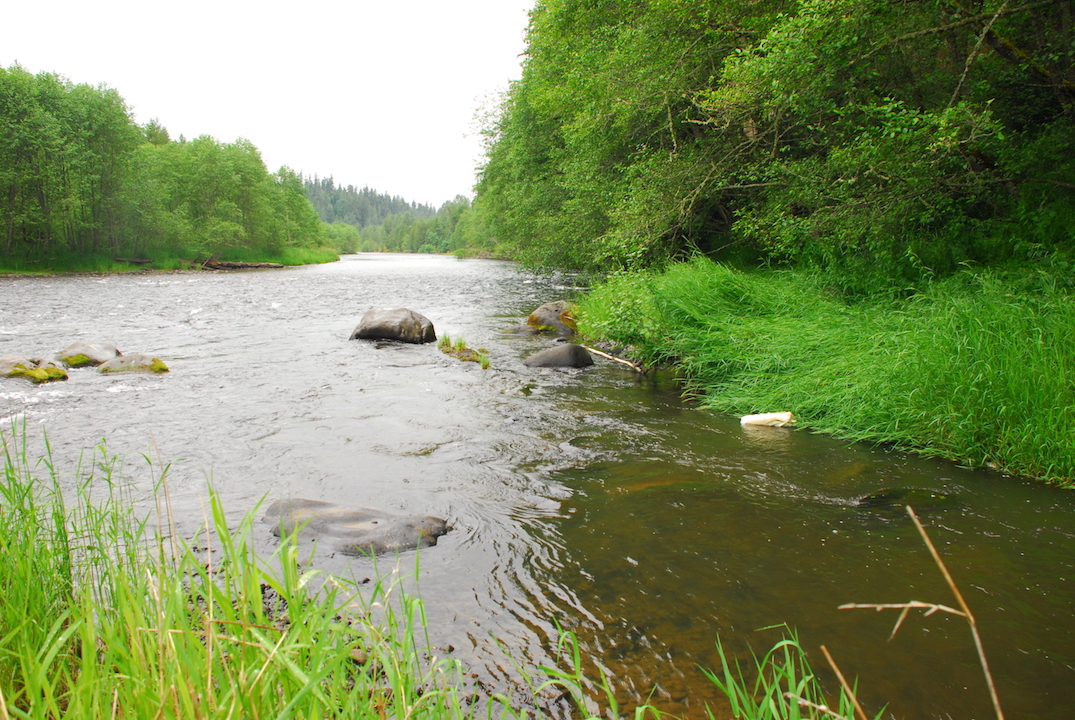Natural resources provide countless products that help make our lives healthier and happier. The Nisqually Watershed is fortunate to have many of these natural resources readily available. Our forests provide timber and hunting opportunities; our waters support fish, hydroelectricity and drinking water; and our agricultural areas provide food and support livestock — and that just names a few of the many benefits natural resources provide us every day.
The Nisqually River Council recognizes that resources extraction – including timber harvesting, hunting, mineral extraction and more – is an important component of a sustainable watershed. Resource extraction promotes economic stability and social wellness. But if resources are extracted in an irresponsible manner, it can lead to the degradation of our environment.
Luckily, community members have a variety of resources on hand to promote sustainable resource use! Conservation Districts are one of these resources, helping landowners achieve more sustainable resource through workshops, trainings, and many other programs.
Conservation Districts are a local branch of government, established under state law, that work to address local issues. Almost every county in the United States has a conservation district! Washington State has 47 conservation districts which together reach landowners in every corner of the state, and work to create innovative solutions to natural resources issues (WA Association of Conservation Districts).
Portions of three counties (Pierce, Thurston and Lewis) make up the Nisqually Watershed. Each of these counties has its own conservation district that work to support landowners. Each district holds workshops and trainings, offers soil samples, or has various tools available for rent. If you have a natural resources issue that you’d like help with, check out your conservation district first — they may very well have the resources you’re looking for!
Pierce Conservation District offers programs such as farm planning/agricultural assistance, habitat improvement/environmental education, water quality improvement, urban agriculture/local food access, and an annual native plant sale. This list is not exhaustive; be sure to peruse the Pierce Conservation District website for more detailed information! Upcoming events include an Agricultural Plastics Recycling Event on November 4 & 5, and a manure fertilizing class on November 17.
Thurston Conservation District’s suite of programs includes environmental education opportunities, soil testing, equipment rentals, conservation planning, manure management, salmon recovery, and much more! Be sure to check out their website to answer your specific questions. Thurston Conservation District also houses South Sound GREEN, which provides service-learning opportunities to teachers and students within the south sound watersheds, and resources on regional climate change impacts.
Lewis County Conservation District offers a similar list of resources, including assistance with implementing voluntary conservation programs. These programs include the Conservation Resource Enhancement Program, which protects riparian areas; the Irrigation Efficiencies Program, to save water; and more. The District also offers various tools for rent. Check out their website or call the District for more information!

The Nisqually Watershed Stewardship Plan
The Nisqually River Council (NRC) is a non-regulatory education and advocacy organization that works to promote sustainability in the Nisqually Watershed. The NRC was formed in 1987 and has 24 active members, including a robust Citizens Advisory Committee. The NRC is guided by the Nisqually Watershed Stewardship Plan (NWSP) which provides a blueprint towards ecological, economic and social sustainability. The NWSP has 11 indicators that direct the actions of the NRC and associated non-profits. As a part of our 2016 blog feed, we will highlight each of the 11 indicators during the first week of each month. We hope you’ll read along and learn more about the Nisqually Watershed!
This month’s topic is Sustainable Resource Use. We envision that all resource extraction is conducted in a manner consistent with the long-term viability of watershed ecosystems. Our indicators of success are:
- Forests are harvested in a sustainable manner. Water usage protects in-stream flows, groundwater recharge areas, and surface filtration systems.
- Sustainable agricultural practices protects soils, water quality, and sensitive habitats.
- Mineral extraction and associated industries are conducted in a manner that protects water quantity and quality, and air quality, and keeps ecosystems intact.
- Animal densities are within the carrying capacity of the land.




